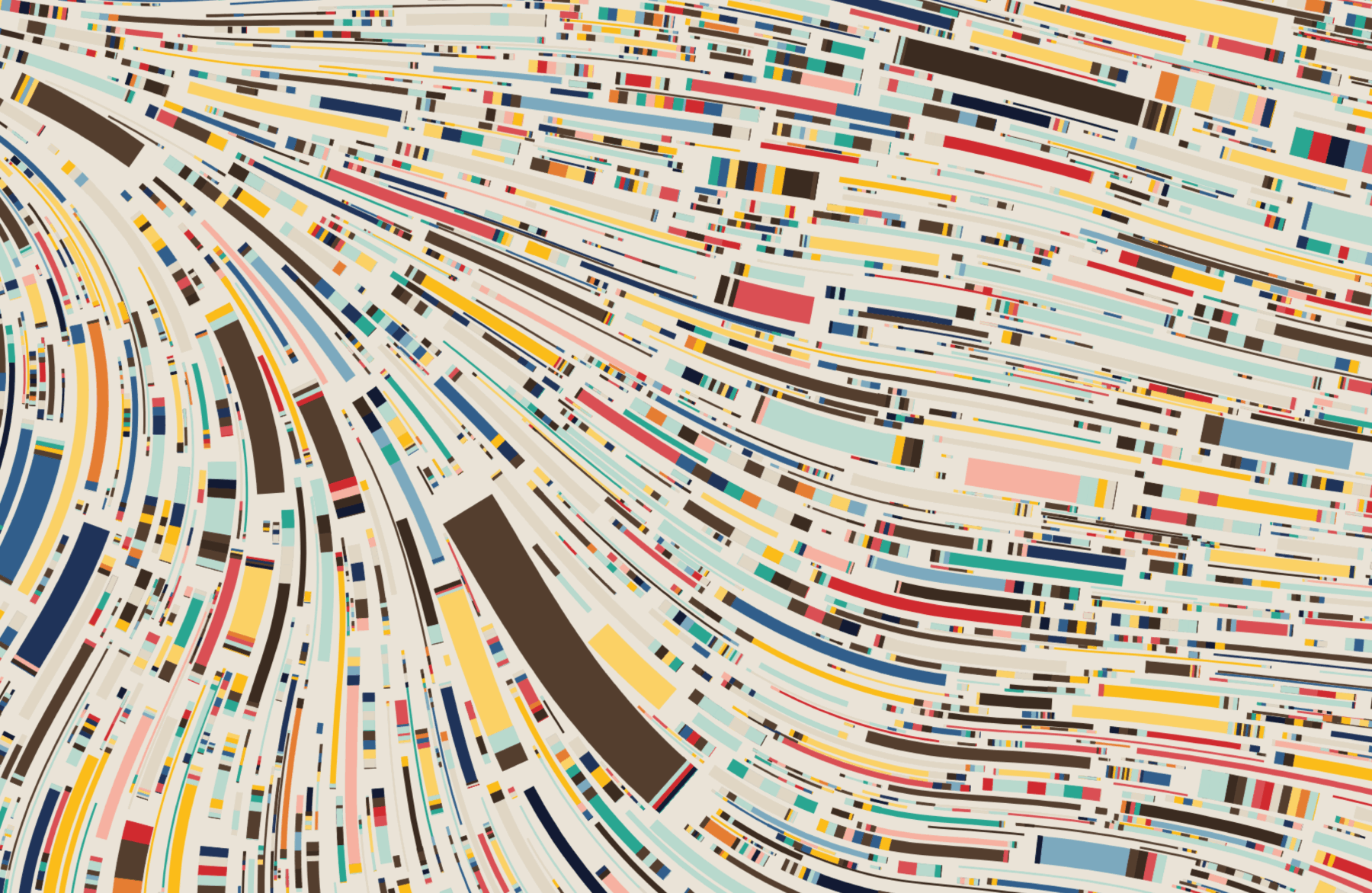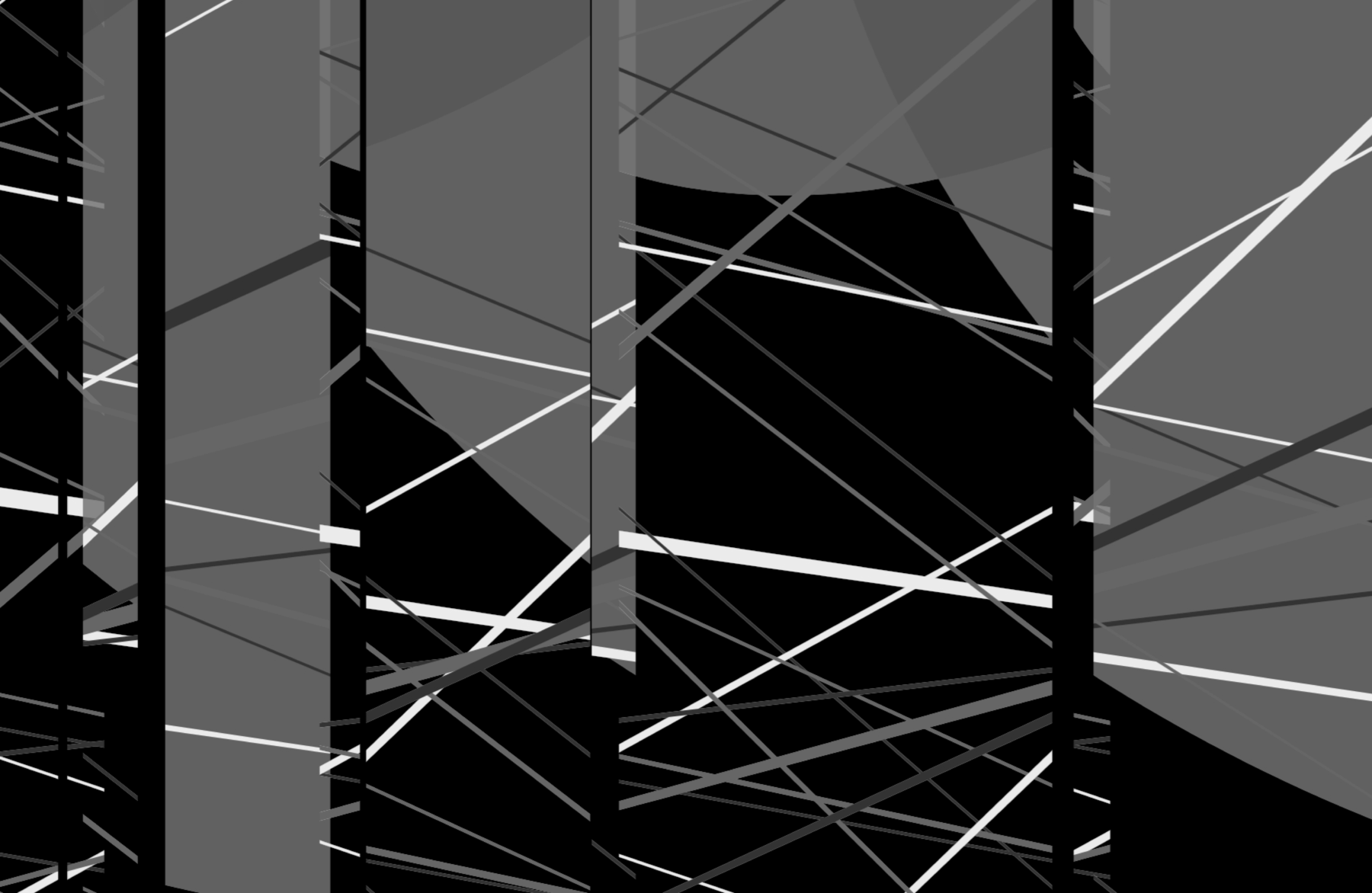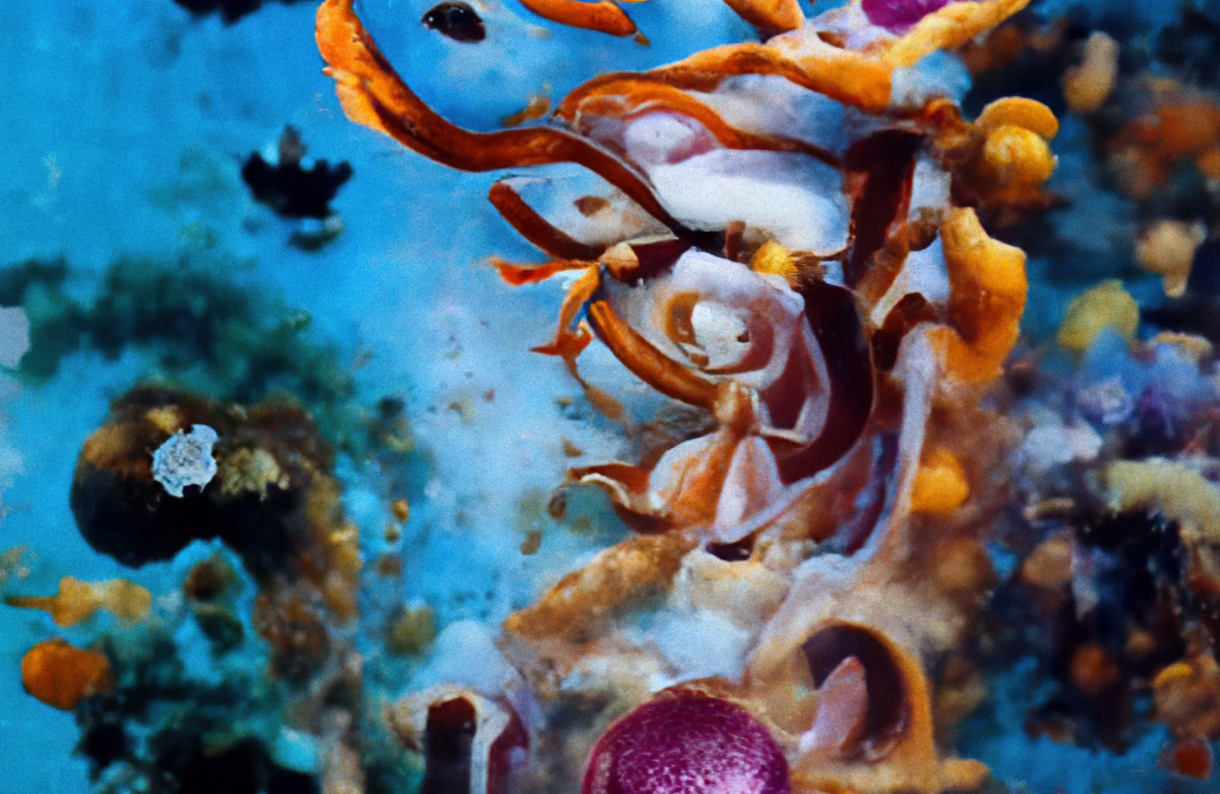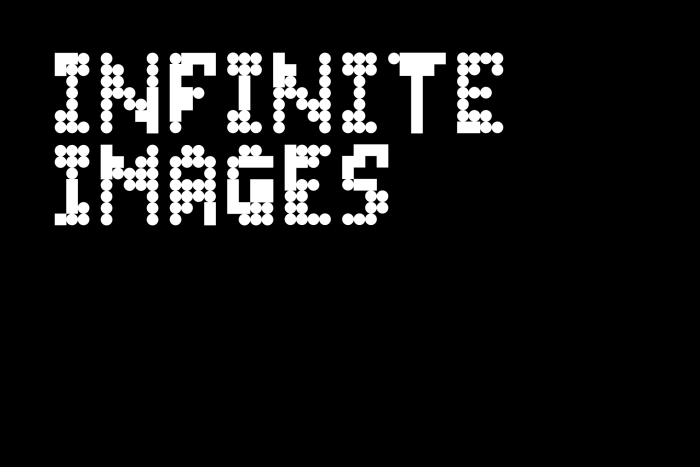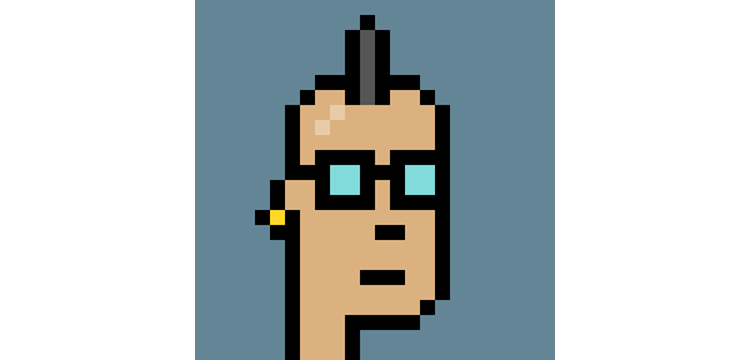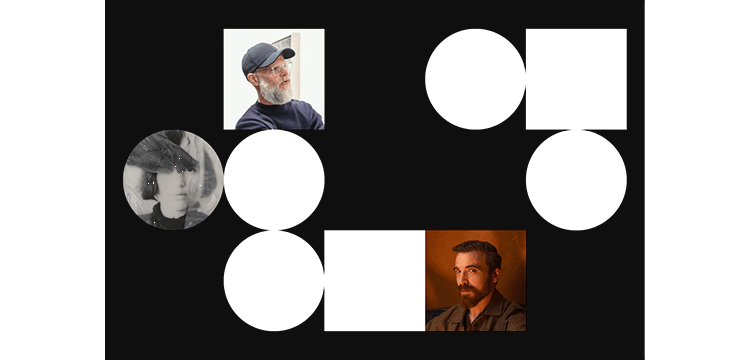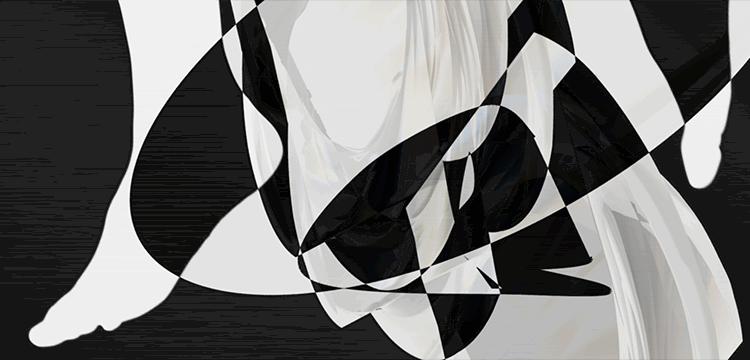ABOUT
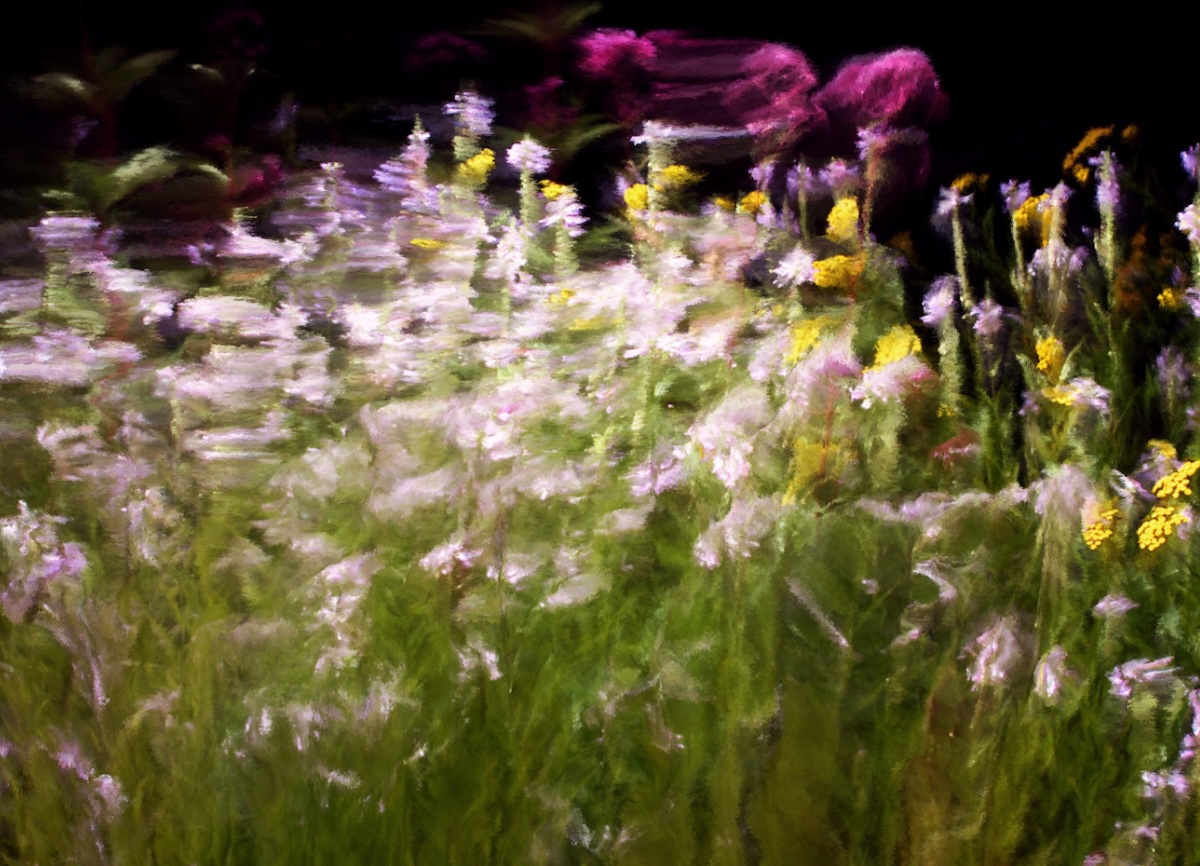
Digital art—and the ideas behind it—is not new. Artists have long used instructions and rule-based systems to produce their work, from 13th-century geometric Islamic tiles to 20th-century avant-garde movements. Infinite Images: The Art of Algorithms reveals how some contemporary artists use mathematical principles, chance, and automation to design and work with generative systems. In generative art, the artist creates an automated system to produce the artwork. This might be written instructions for others to follow or a computer program. In the process, they give up some control over the end result. The artist creates the rules, and the system generates the outcomes. This approach, whether analog or digital, enables the artist to experiment with multiple variations within a set of defined constraints—often yielding unexpected results.
Our world is increasingly shaped by algorithms and by media generated by artificial intelligence (AI). This exhibition returns to computer art’s beginnings in the 1960s and also takes a closer look at the wave of generative art that has emerged over the last decade. The works assembled here expose the foundational processes that underlie computer-generated imagery and invite us to reflect on what distinguishes computer-generated art from other media.

